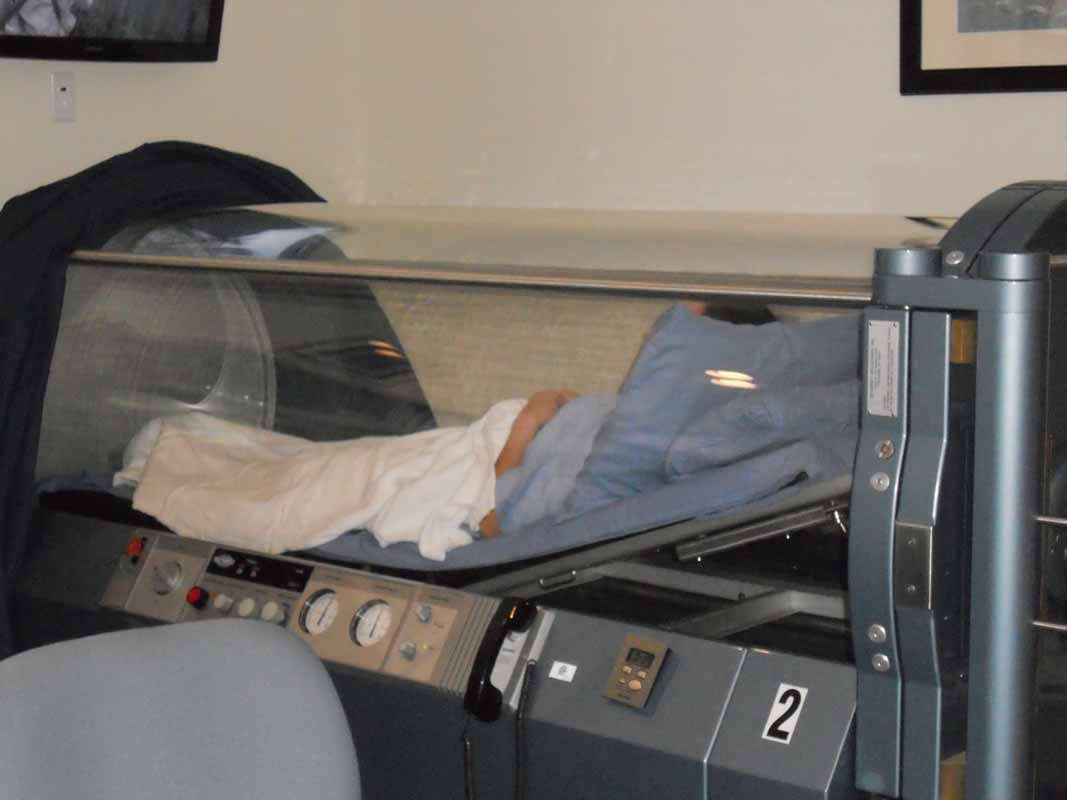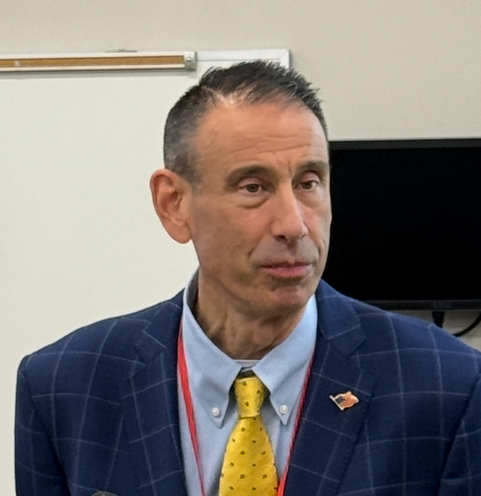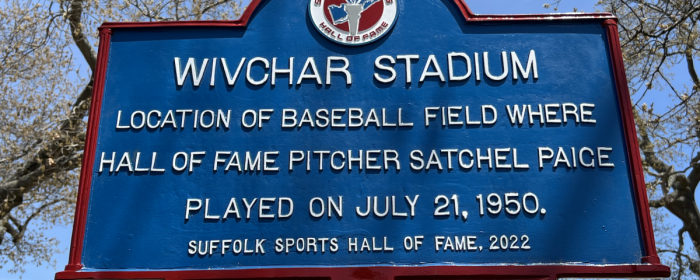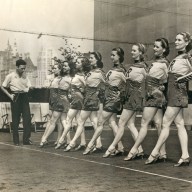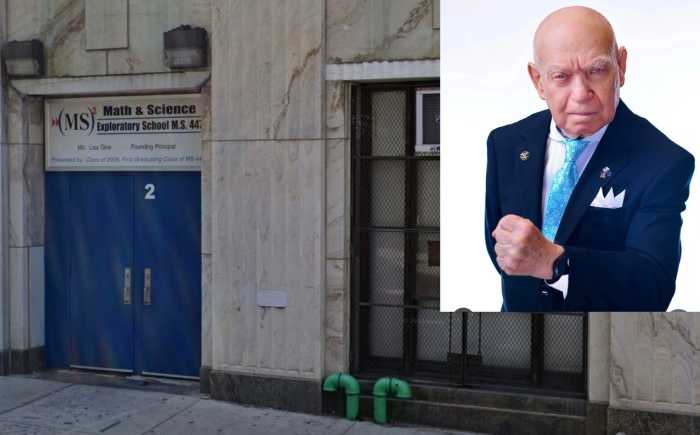With the most highly anticipated, lucrative, and celebrated sporting event of the year—the Super Bowl—still the topic of discussion and butt of jokes due to its unbelievable ending and ongoing investigation into “DeflateGate,” so too have its oft-unspoken debilitating residual effects on its players been ever-more vocally been making the rounds.
With more and more information coming out about TBI (traumatic brain injury) and concussions, the sport is weathering perhaps its most vocal criticism to date from those who understand the long-term implications of head and brain injuries. Football players and soldiers experience the highest rate of such damage in the country, along with TBI, Post Traumatic Stress Disorder (PTSD), according to figures from the Centers for Disease Control and Prevention (CDC). The numbers are both stunning and devastating; especially considering that up until now, treatment has lagged significantly behind an ever-growing list of victims.
The CDC reports that 1.7 million Americans suffer a brain injury each year, with those numbers increasing dramatically during wartime. Brain injury has been the most highly reported ailment among all military servicemen and women fighting the conflicts in the Middle East during the past 13 years. And the figures suggest a correlation between TBI and PTSD. The Congressional Budget Office, with data provided by the U.S. Department of Veterans Affairs, discovered that three out of four military service members diagnosed with TBI between 2004 and 2009 experienced a concurrent PTSD diagnosis.
The longstanding effects of both have significant implications in the fields of both mental and physical health and have been speculated as possible contributors to some ghastly consequential criminal behavior, including the murder-suicide committed by San Diego Chargers legend Junior Seau. Upon examination of Seau’s brain after his death, neurologists detected advanced signs of chronic traumatic encephalopathy (CTE)—a progressive, degenerative disease that occurs as a result of recurrent brain injuries.
One Long Island-based medical solutions company, however, is working hard to revolutionize treatment and to offer something previously thought impossible: a cure.
Dr. Scott Sherr, a medical advisor to medical group Hyperbaric Medical Solutions, which has locations in Medford, Woodbury, and another opening in Manhattan this March, explains that one of the challenges to effectively treating these disorders and even preventing their progression is identifying those at risk of developing CTE—no easy task, he tells the Press, since “At this point, the only way to truly diagnose CTE is to look at the brain under the microscope after the patient has died.”
Football players are well aware of this morbid detail, as evidenced by the final act of former Chicago Bears star Dave Duerson, who committed suicide in 2011 by shooting himself in the chest, reportedly to preserve his brain for examination.
Among the NFL legends found to have had CTE are Duerson, Hall of Fame Pittsburgh Steelers center Mike Webster and former San Diego Chargers legend Junior Seau. ESPN’s Outside the Lines reported that signs of CTE had also been discovered in the brain of Jovan Belcher, the former Kansas City Chiefs linebacker who had shot and killed his girlfriend and then driven to their practice facility and committed suicide in front of team officials.
Dr. Sherr, who has treated football players including former linebacker Bill Romanowski—a five-time Super Bowler with the 49ers and Raiders—believes that time is of the essence when dealing with these brutal injuries.
“The key is to treat them with HBOT early, before advanced sings of CTE manifest,” he tells the Press.
HBOT is an acronym for the hyperbaric oxygen therapy employed at Hyperbaric Medical Solutions. HBOT is a new treatment that uses prescribed high-pressure oxygen to preserve, repair and enhance cellular function in the brain. Patients receive HBOT treatments within a specially designed hyperbaric oxygen chamber.
Breathing 100-percent oxygen under pressure greater than sea level increases blood vessel formation in damaged brain tissue, which decreases swelling and inflammation, increases the release of stem cells from bone marrow to the injured area, revs up the mitochondrial function of cells and regenerates malfunctioning or low-functioning cells while decreasing scarring on the brain, explains Sherr.
Word of this potentially game-changing technology in the fight against football-induced brain injuries has been making the rounds, attracting some heavyweight supporters.
Among them, NFL Hall of Fame Quarterback Joe Namath, who has been vocal about the neurological damage he has suffered after numerous concussions during his tenure with the New York Jets and sponsored a study underway in Florida to delve deeper into HBOT therapy as a means to heal brain injury by examining NFL players with previous TBIs who are at risk for CTE.
Hyperbaric oxygen therapy has been shown to dramatically improve the symptoms of patients suffering from combined TBI and PTSD, explains Sherr.
The hope is that treating football players, soldiers, and others who’ve experienced brain injuries with oxygen therapy as an alternative to pharmaceuticals—which risk severe side effects including addiction, weight gain and diabetes, and do not address the actual wound but rather the symptoms of the injury—could help save lives, potentially stemming the tide of devastating brain injuries and their violent outcomes.
Dr, Sherr sure believes so.




